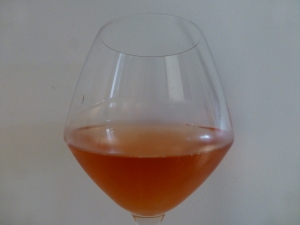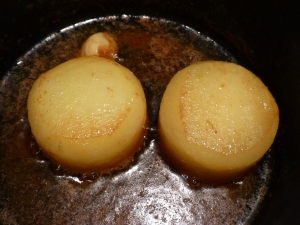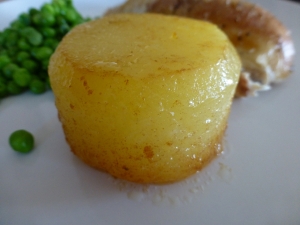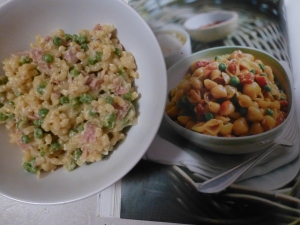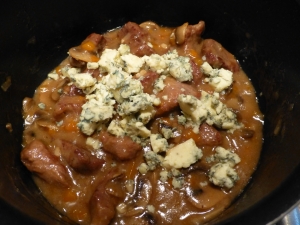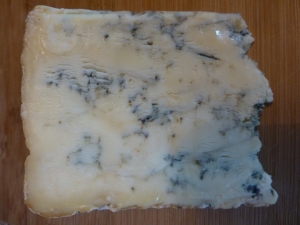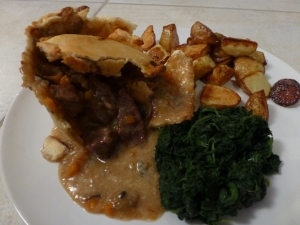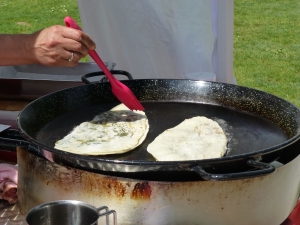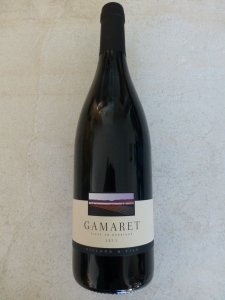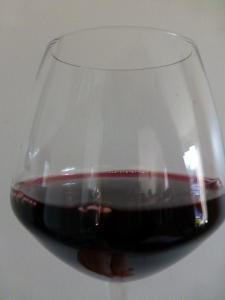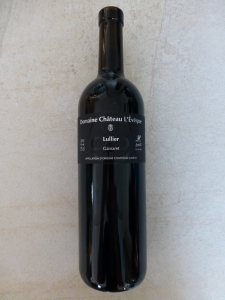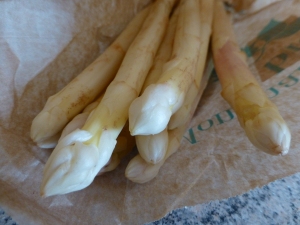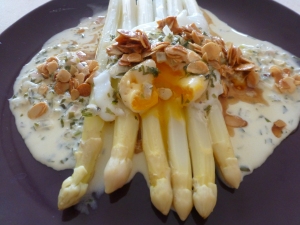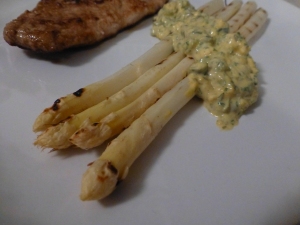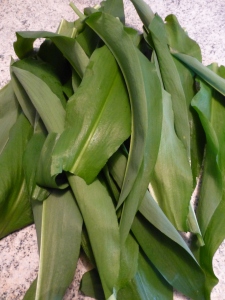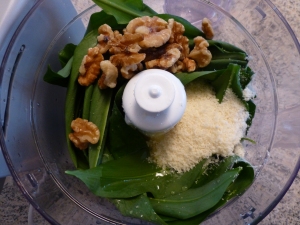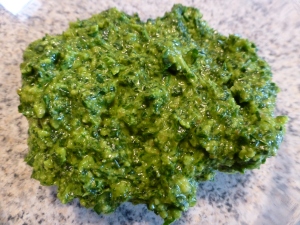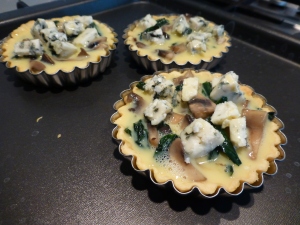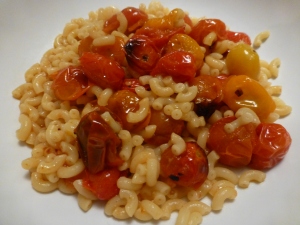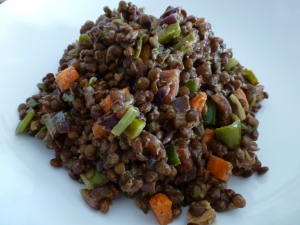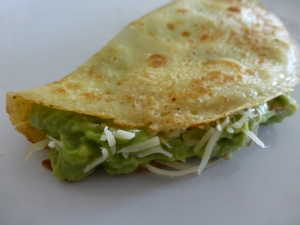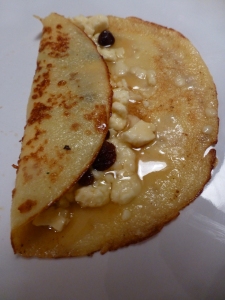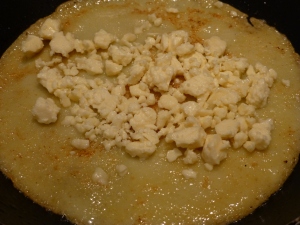The sun has been shining and summer is here so, after previously exploring a couple of the Swiss white and red grapes, I decided it was time for me to sample some Swiss rosé. Oeil de Perdrix is a rosé made from pinot noir. The name means eye of the partridge and is a reference to its pink colour (apparently partridges’ eyes turn pink when they are killed – not the nicest thing to name your wine after!).
While Oeil de Perdrix is now a protected AOC wine (it can only be made in Neuchâtel, Geneva, Vaud or Valais), it actually originated up in the champagne region. Prior to inventing the methode champenoise, the regions attempts at making white wine from red grapes resulted in pale pink wines which were referred to as vin gris or Oeil de Perdrix. When Dom Pérignon later worked out how to make truly white (and sparkly!) wine from the red grapes the Champenoise stopped making Oeil de Perdrix, however somehow the technique travelled to Neuchatel and was adopted there.
These days Oeil de Perdrix is a dry wine made with free run juices and with very little contact between the skin and the juice. While Neuchâtel is it’s spiritual home (it was originally only produced there), the two I tried were from elsewhere in the Swiss Romande: one from Peissy in Geneva and one from Valais.
First up was a 2012 bottle from Les Perrieres, in Peissy Geneva (CHF12)
For a rosé wine with very little skin contact (6-12 hours) this was more of an orangey salmon pink than the delicate pale wine I would have expected. It had very few legs (surprising at 13%) and a fruity nose of apricot and apple.
This was a very acidic wine which greatly improved with some food. At first there was very little flavour, juts the acidic and a hint of minerarlity, however with food the fruit became more apparent and the wine a little rounder and softer. Not a bad wine, but not something I would want to drink too much of by itself.
The next Oeil de Perdrix I tried was a 2012 bottle from Cave Saint George in Valais (CHF11.95 from Manor) which had won a best of Swiss wines award.
This was an even darker colour than the Geneva bottle, an extremely deep pink. Again, despite being 13% there were no legs to speak of, however there did seem to be the tiniest hint of fizz, a little “spritz” which was interesting. Swirling the glass revealed fresh aromas of peach and citrus.
Again this was a very dry acidic wine with a mineral flavour, however it had a fruiter sweeter finish than the Les Perriers bottle making it more suitable for an aperitif. It was quite a rich full wine and worked well with a spicy dish I was enjoying.
These were both very dry and sharp wines and while they were a little too acidic for me by themselves, they were both lovely with food. I’m intrigued by the story and origins of Oeil de Perdrix and I’m going to keep my eye out now for a Neuchâtel bottle to try as well.

